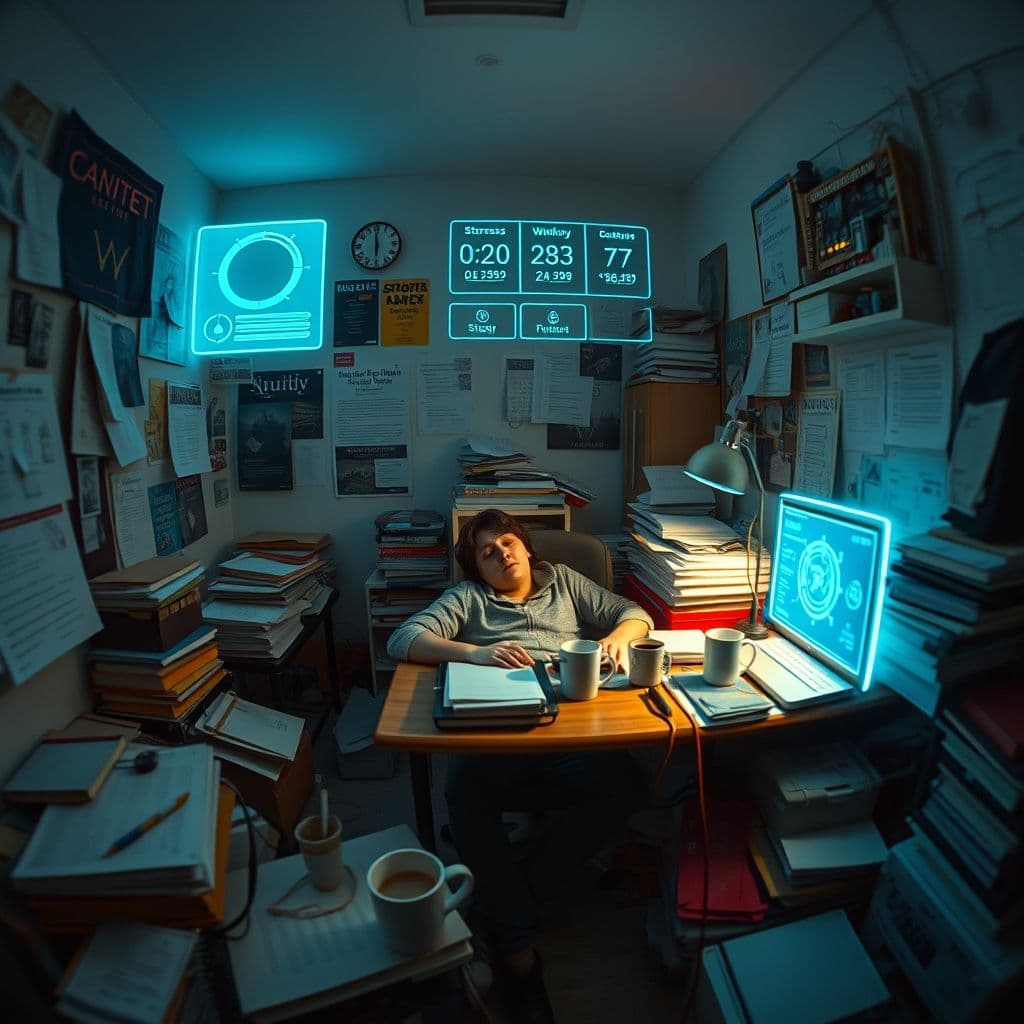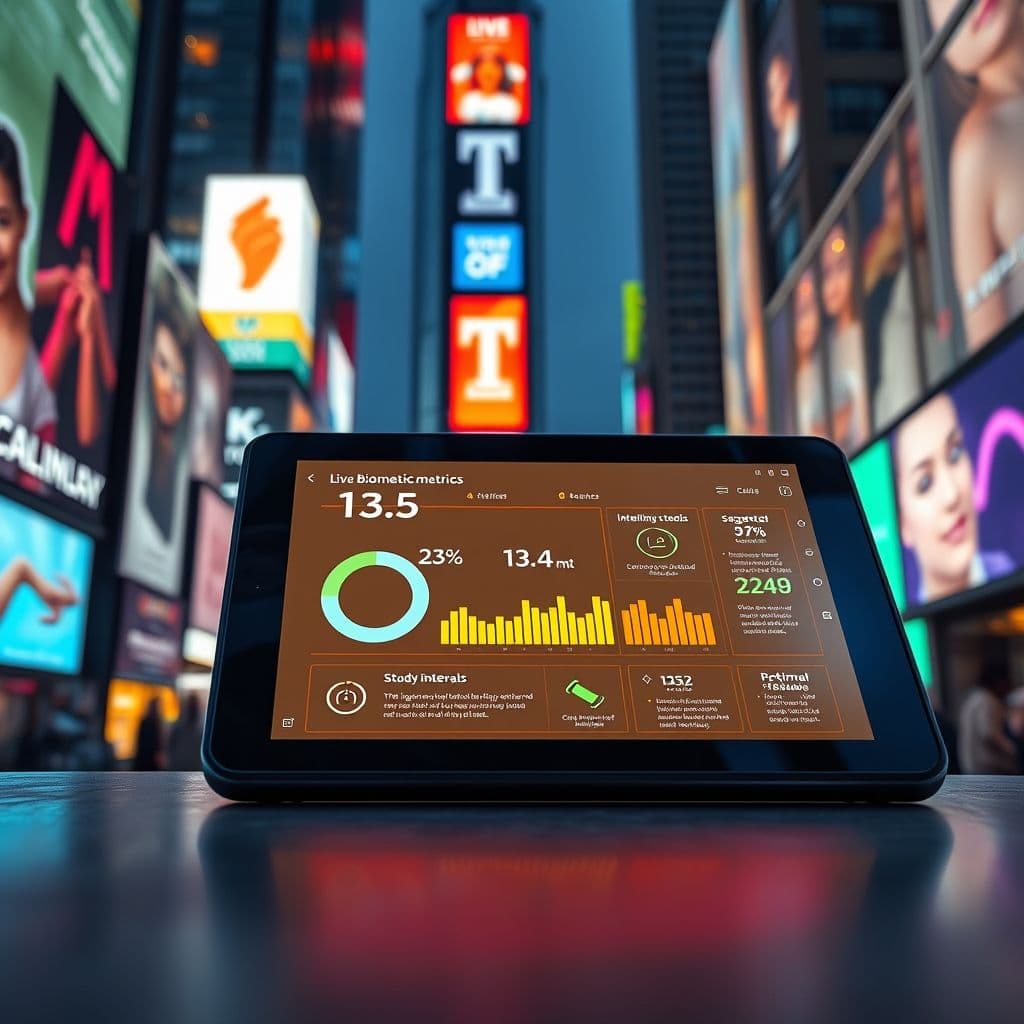Burnout to Breakthrough: A SaaS Solution for Student Productivity and Mental Health

The modern student faces an impossible dilemma: push through marathon study sessions risking burnout, or fall behind in competitive academic environments. As viral TikTok study routines glorify 16-hour days, comments reveal the dark side - blanking on tests, lost motivation, and creeping burnout that persists into adulthood. What if technology could bridge this gap between productivity and wellness?
The Productivity Paradox: When More Hours Don't Equal Better Results
Students reporting 12+ hour study sessions often experience diminishing returns - the fourth hour of memorization yields less retention than the first. Comments like 'I don't retain anything after 2 hours' and test anxiety reports ('I blanked despite knowing answers') reveal a systemic issue. The false choice between self-care and success creates generational burnout, with med students warning how stealthily it escalates. Current solutions (sporadic wellness apps and rigid planners) fail to address the core problem: productivity and mental health are interconnected systems.

Idea Spotlight: The Adaptive Learning Companion SaaS
Imagine a platform that dynamically adjusts to both cognitive and emotional states. Using proprietary algorithms, it would: 1) Analyze individual retention patterns to optimize study session length and content sequencing 2) Integrate biometric signals (via wearable integration) to detect rising stress levels before users recognize burnout symptoms 3) Preserve the benefits of routine (as mentioned in the video) while preventing rigidity through smart schedule variation 4) Offer 'active learning' customization like the creator's diagram method, but tailored to multiple learning styles.
The system's differential advantage lies in its dual-feedback loops: tracking both academic progress (concepts mastered, test performance) and wellness metrics (stress biomarkers, recovery quality). Unlike current planners that guilt users for breaks, this SaaS would strategically schedule downtime as part of the learning process - treating mental recovery as essential as study time.

From Theory to Practice: Potential Use Cases
1) The Pre-Med Student: Automatically reduces anatomy study blocks from 50 to 25 minutes when cortisol levels spike, substituting diagramming sessions for passive memorization. 2) The Test-Anxious Learner: Uses VR exposure therapy modules to simulate exam environments during study sessions, gradually desensitizing stress responses. 3) The Burnout-Prone Overachiever: Implements 'reverse scheduling' - locking users out after hitting productive maxima to prevent next-day crashes mentioned in comments ('20hr days followed by zero productivity').
Conclusion
While no tool can eliminate academic pressure, this SaaS concept represents a paradigm shift - treating mental bandwidth as a finite resource to be strategically managed alongside syllabus requirements. By making wellness measurable and actionable, it could help students avoid the creator's feared future of '35 and giving up' without sacrificing present-moment well-being.
Frequently Asked Questions
- How would this differ from existing productivity apps?
- Current apps treat time management and wellness as separate domains. This solution would use behavioral science to optimize their interaction - like adjusting Pomodoro timers based on real-time stress readings rather than arbitrary 25-minute blocks.
- What about students who deny burnout exists (like the video creator)?
- The platform could offer 'stealth wellness' features - framing optimizations as performance enhancements. Example: 'Your recall improves 22% after 7hrs sleep' rather than 'You need rest.'
- Wouldn't this create dependency on technology?
- The end goal would be teaching users to recognize their own patterns. Over time, the system would explain why it makes certain recommendations, building self-awareness that persists beyond the platform.


